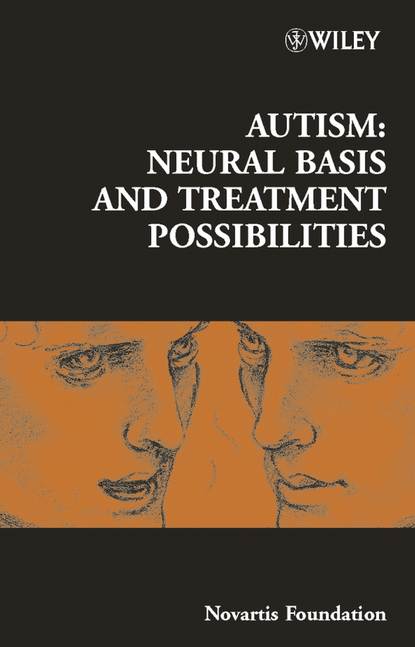
Autism скачать fb2
Gregory Bock R. - Autism краткое содержание
This book draws together contributions from some of the leading investigators in the field of autism to consider specific problem areas in current research. Each contributor brings expertise from a different field, providing a balanced view of the whole spectrum of study of this disorder. It covers four main areas: Twin and family studies indicate that the heritability of the underlying liability to autism exceeds 90% and point to a multifactorial causation, involving a relatively small number of susceptibility genes. The book discusses this issue in detail, along with the problem of why some additional symptoms are associated with autism while others are not. New techniques are available for examining the neurobiology of autism. The book contains results from imaging studies showing the contributions of different brain regions to autism. It includes neuropathological data and examines the neuropharmacology of autism. There is considerable discussion concerning the fundamental psychological deficit in children with autism. There is good evidence that «Theory of Mind» deficits are associated with autism and this issue is discussed in the book, as are other competing possibilities. The most important practical question facing medical and psychological practitioners is how to help children with autism. The evidence relating to possible psychological or psychiatric interventions for rehabilitation of children with autism is examined in detail. Drug treatments have generally been disappointing in this field and there is one chapter devoted specifically to this problem. The book focusses ultimately on intervention studies and so is of practical relevance to people interested in helping autistic children. In addition, it provides a very convenient summary of the principal controversies which currently exist in research on autism.
Чтобы оставить свою оценку и/или комментарий, Вам нужно войти под своей учетной записью или зарегистрироваться







